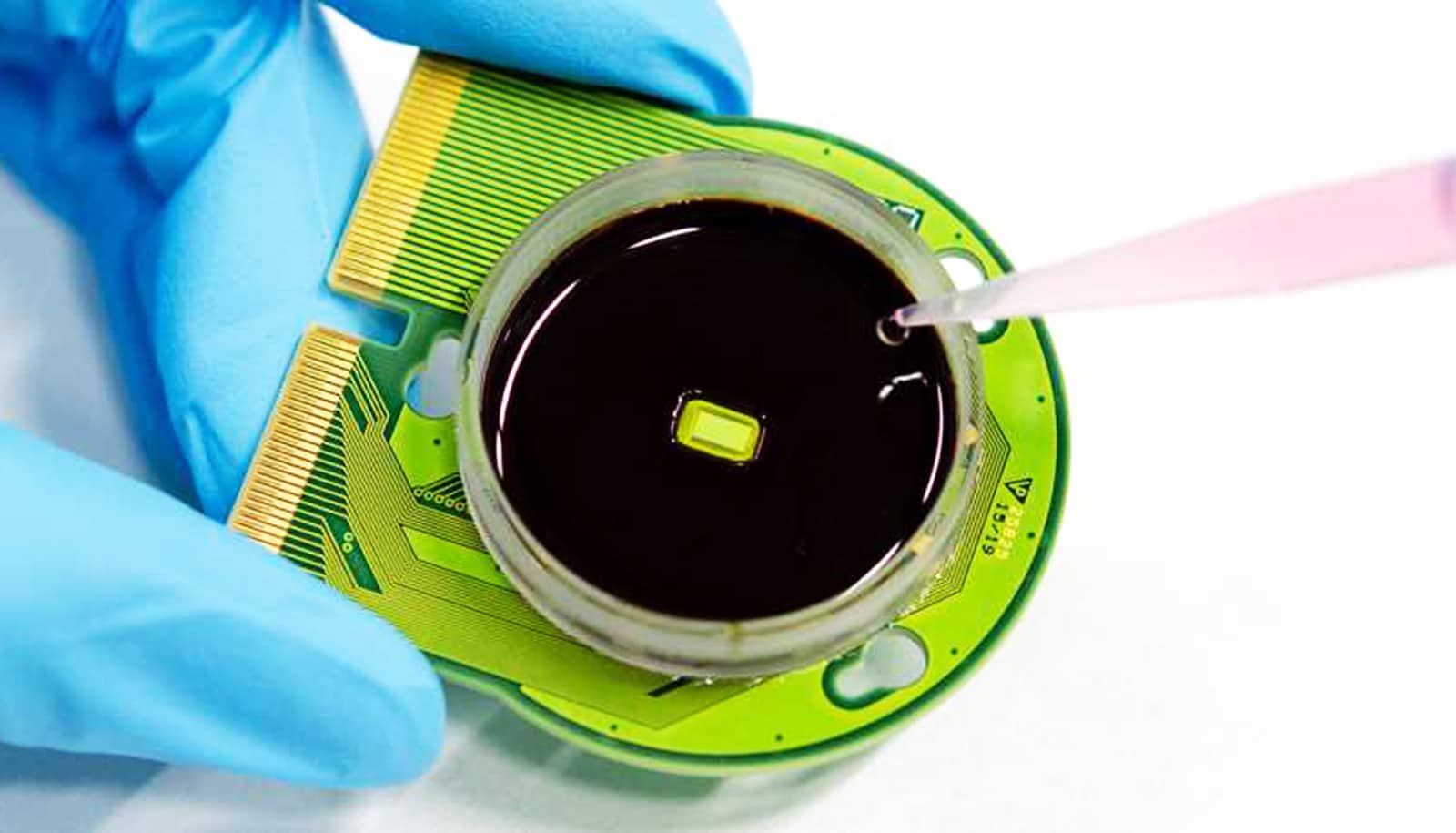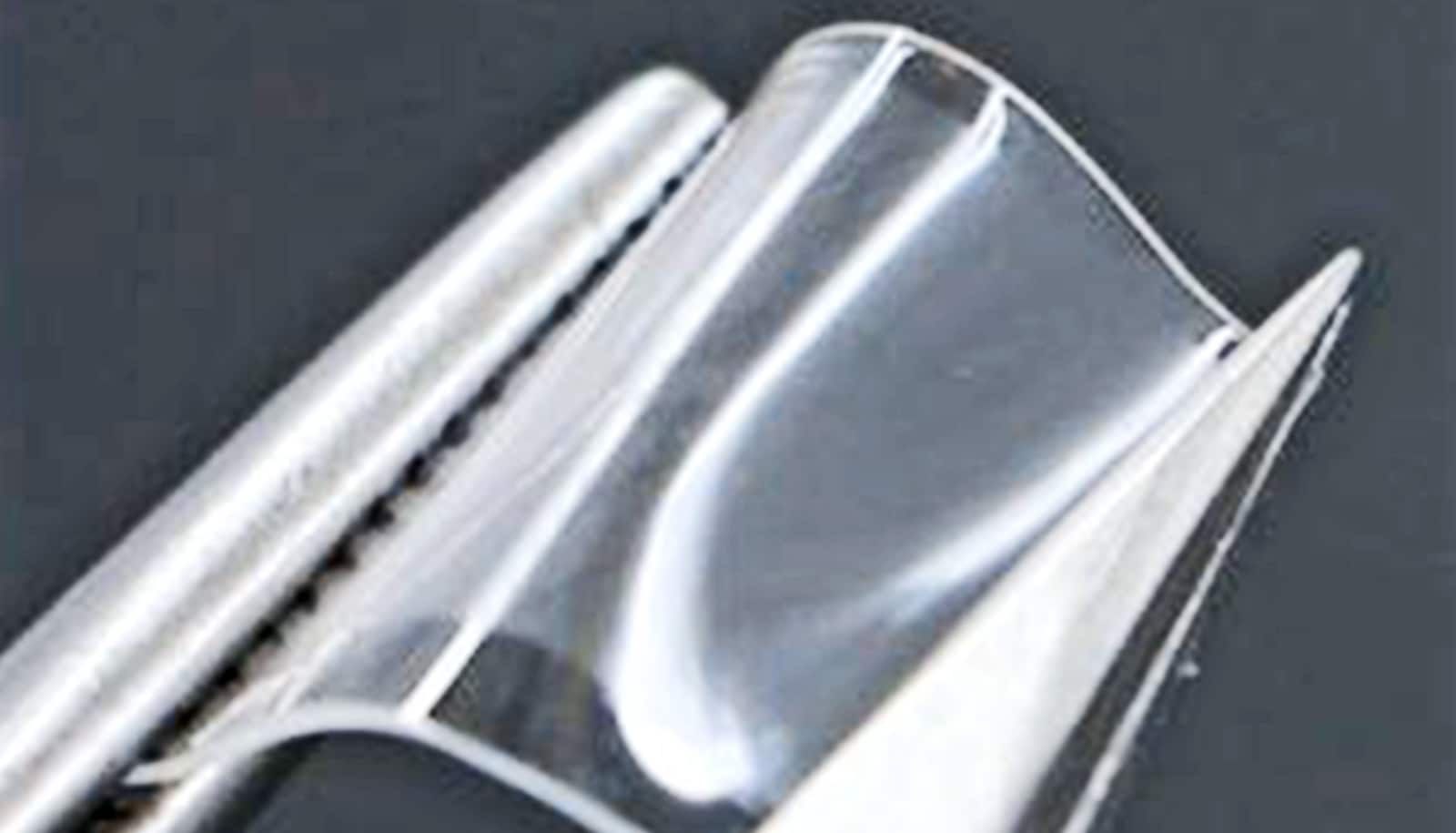
(Credit: Getty Images )
‘Nanodrills’ kill diseased cells in minutes
"Nanodrills" that spin up to 3 million times per second to target and kill diseased cells could one day offer a new way to treat skin cancer.

Nanodrills, light-activated molecular motors that spin up to 3 million times per second, can target diseased cells and kill them in minutes, according to a new study.
Researchers showed that the motors are highly effective at destroying cells in three multicellular test organisms: worms, plankton, and mice, causing varying degrees of damage to tissues in the three species.
The researchers’ original goal was to target drug-resistant bacteria, and other disease-causing cells and destroy them without damaging adjacent healthy cells.
James Tour, a chemist at Rice University, has argued cells and bacteria have no possible defense against a nanomechanical drilling force strong enough to punch through their walls.
“Now it has been taken to a whole new level,” he says. “The work here shows that whole organisms, such as small worms and water fleas, can be killed by nanomachines that drill into them. This is not just single-cell death, but whole organism, with cell death in the millions. They can also be used to drill into skin, thereby suggesting utility in the treatment of things like pre-melanoma.”
The researchers saw different effects in each of the three models. In the worm, C. elegans, the fast motors caused rapid depigmentation as the motors first caused nanomechanical disruption of cells and tissues. In the plankton, Daphnia, the motors first dismembered exterior limbs. In both cases, after a few days, most or all of the organisms died.
For mouse models, researchers applied the nanodrills in a topical solution to the skin. Activating the fast motors caused lesions and ulcerations, demonstrating their ability to function in larger animals.
“That mouse skin changes due to the ‘drilling’ by the nanomachines might be the one of most interesting aspects of the study to scientists,” says co-lead author Richard Gunasekera, an adjunct faculty member and former visiting scientist at Rice and currently associate dean and a professor of biochemistry at Biola University.
“It could mean direct topical treatment to skin conditions such as melanomas, eczema, and other skin diseases,” Gunasekera says. “This paper is significant because it’s the first testing of nanomachines where we’ve proven its effectiveness in vivo. All other studies done so far were done in vitro.”
Other potential uses for the nanodrills include therapeutic parasite control and as local treatment of such diseases as skin cancer, Gunasekera says.
The paper appears in ACS Applied Materials & Interfaces. Additional coauthors are from Texas A&M University, the University of Texas MD Anderson Cancer Center, Lockheed Martin, Durham (UK) University, and Rice.
The Discovery Institute, the Welch Foundation, and the National Institutes of Health supported the work.
Source: Rice University
The post ‘Nanodrills’ kill diseased cells in minutes appeared first on Futurity.
Share this article:
This article uses material from the Futurity article, and is licenced under a CC BY-SA 4.0 International License. Images, videos and audio are available under their respective licenses.
Related Articles:
Measuring chips amplify and record nerve cells
Oct. 1, 2020 • futurityPatch that treats melanoma dissolves in 1 minute
June 16, 2020 • futurityLinks/images:
- https://www.futurity.org/raw-food-for-dogs-barf-diet-bacteria-2184632-2/
- https://www.futurity.org/nanomachine-ebola-1190872-2/
- https://www.futurity.org/melanoma-cancer-drug-compound-1994472/
- https://www.futurity.org/eczema-natural-killer-cells-skin-2291552-2/
- https://doi.org/10.1021/acsami.9b22595
- https://news.rice.edu/2020/03/05/tissue-digging-nanodrills-do-just-enough-damage/
- https://www.futurity.org/nanodrills-molecular-motors-skin-cancer-2298802/
- https://www.futurity.org


